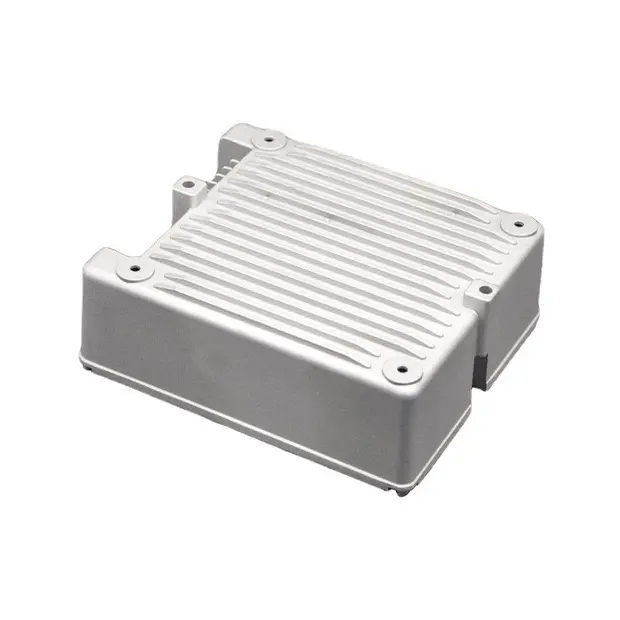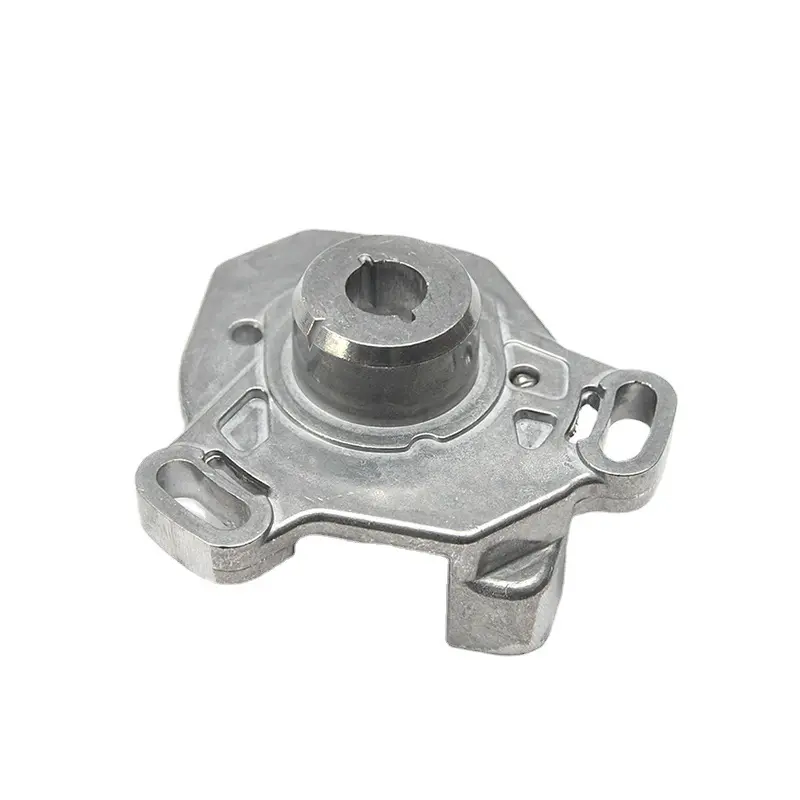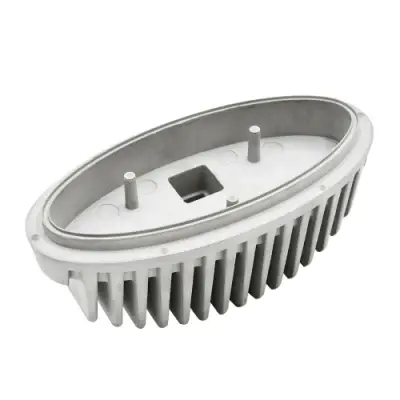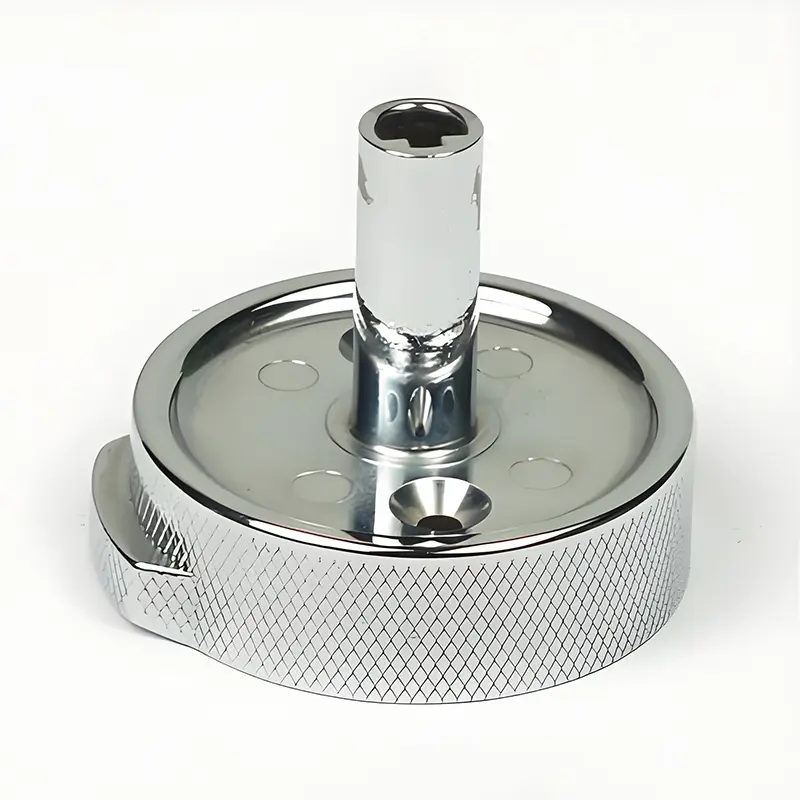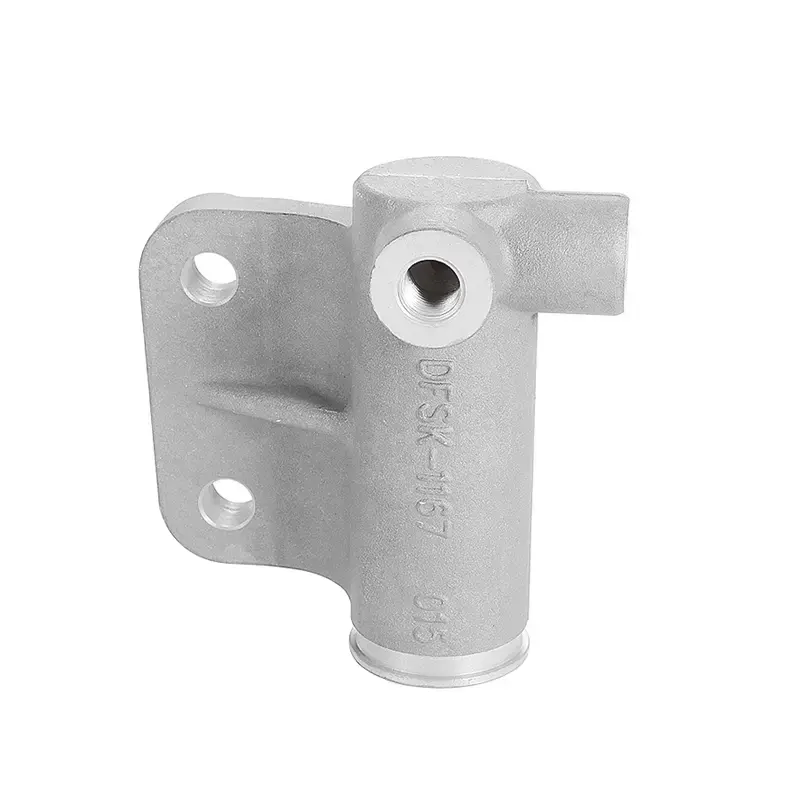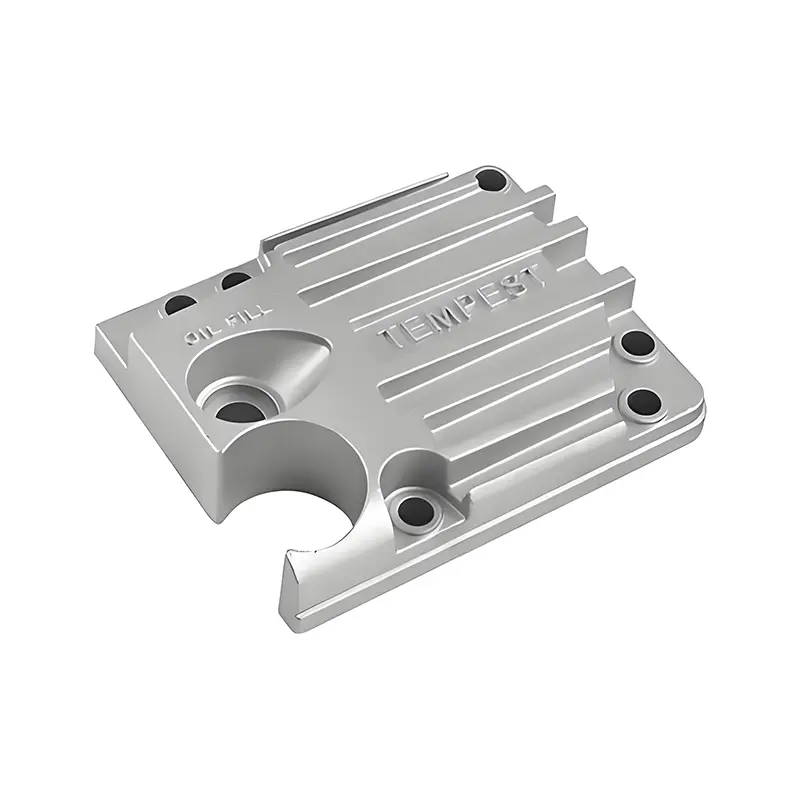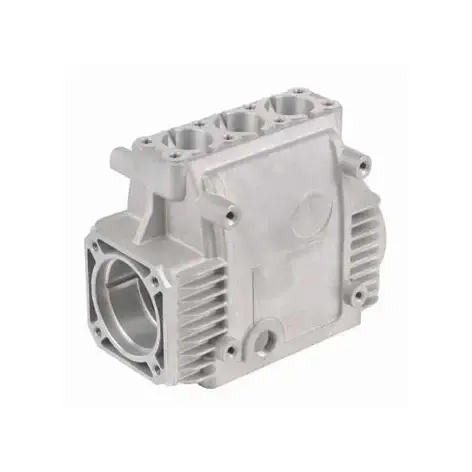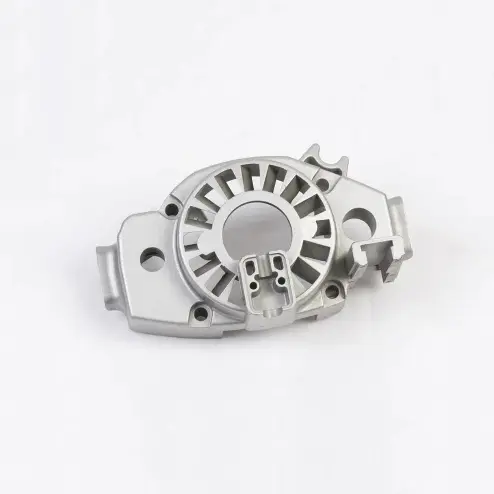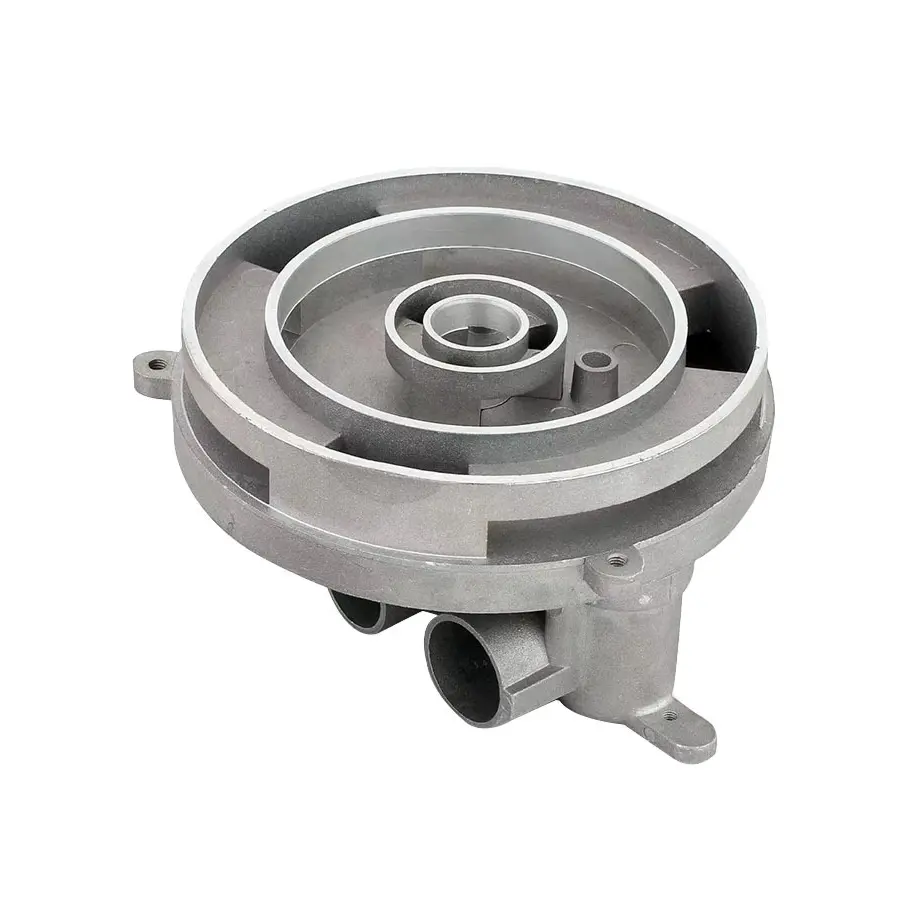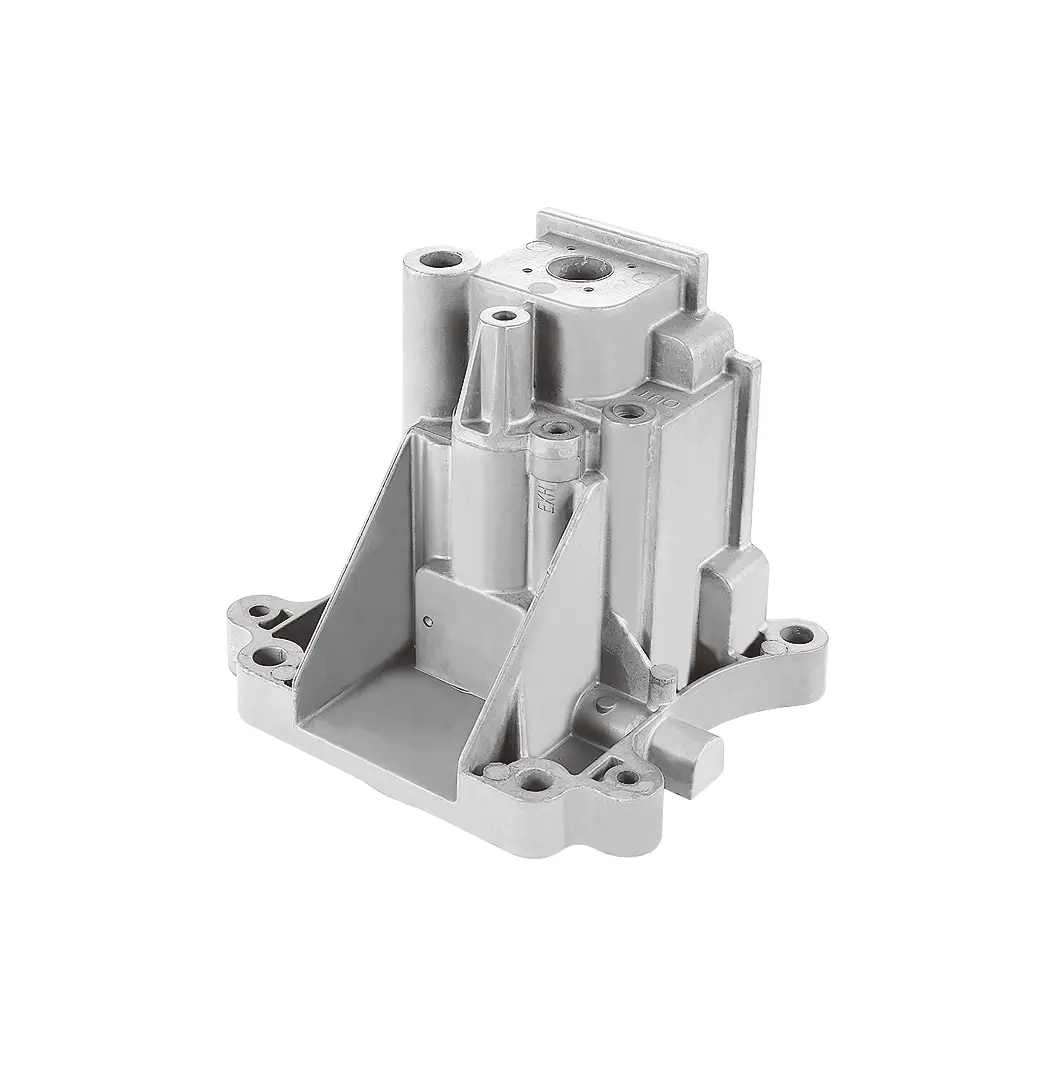 +86-13516964051
+86-13516964051 What other properties of aluminum alloy castings can be improved by surface treatment?
What other properties of Aluminum Alloy Castings can be improved by surface treatment?
Introduction
Aluminum alloy castings play an important role in industry and daily life due to their excellent performance and wide application fields. However, with the continuous improvement of product quality and performance requirements in various industries, it is difficult to meet market demand by relying solely on the basic performance of aluminum alloy castings. Fortunately, through various surface treatment technologies, we can significantly improve the performance of aluminum alloy castings, so that they can better play their value under different working conditions. This article will explore in depth the aspects in which surface treatment can improve the performance of aluminum alloy castings, helping you to have a more comprehensive understanding of this important link.
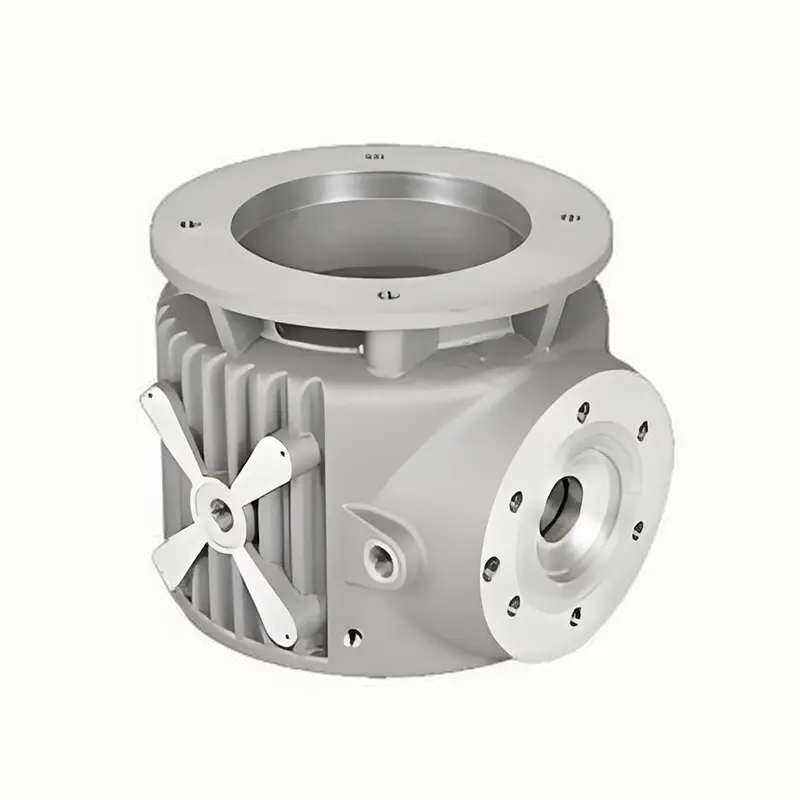
1. Corrosion resistance
Although aluminum alloys have certain corrosion resistance, they are still prone to corrosion in some harsh working environments, such as moisture, acid and alkali, salt spray, etc., which affects the service life of castings. Surface treatment technology can effectively improve the corrosion resistance of aluminum alloy castings:
Anodizing: Through anodizing treatment, a dense oxide film is formed on the surface of aluminum alloy. This oxide film can effectively block the contact between external corrosive media and the substrate, thereby improving the corrosion resistance of castings. For example, in the field of aerospace, aluminum alloy castings that have been anodized can resist corrosion in the atmospheric environment and erosion by various aviation oils, ensuring the safe operation of aircraft.
Chemical oxidation: A chemical conversion film is formed on the surface of the aluminum alloy after chemical oxidation. The conversion film has good corrosion resistance and bonding strength. It can be used as the bottom layer of the anti-corrosion coating to enhance the adhesion of the subsequent coating and further improve the overall corrosion resistance of the casting. It is often used in some industrial equipment parts indoors or in relatively mild environments.
Electroplating: Electroplating a layer of metal with good corrosion resistance, such as nickel, chromium, etc., on the surface of the aluminum alloy can effectively prevent the base aluminum alloy from contacting the corrosive medium. For example, in automotive parts, aluminum alloy castings electroplated with chromium not only have good corrosion resistance, but also provide beautiful appearance.
2. Wear resistance
In many industrial applications, aluminum alloy castings need to withstand different degrees of friction and wear. Through reasonable surface treatment, its wear resistance can be significantly improved:
Chemical plating: Chemical plating technology such as chemical nickel-phosphorus plating can form a coating with high hardness and low friction coefficient on the surface of the aluminum alloy. This coating can effectively reduce the wear rate of the Casting Surface and increase its service life. In the fields of mechanical processing, mold manufacturing, etc., aluminum alloy castings treated with chemical plating can maintain good wear resistance under harsh conditions such as high temperature, high pressure and high-speed movement.
Thermal spraying: After the spraying material such as metal or ceramic powder is melted or semi-melted at high temperature, it is sprayed onto the surface of the aluminum alloy casting through a high-speed airflow to form a coating with high hardness and good wear resistance. Thermal spraying technology can be used to repair worn castings, or to directly prepare wear-resistant coatings on the surface of new castings. It is suitable for mining machinery, engineering machinery and other fields with high wear resistance requirements.
Laser cladding: Use a laser beam to melt alloy powder, metal ceramics and other materials and quickly solidify them on the surface of aluminum alloy castings to form a cladding layer with special properties. The laser cladding layer has high hardness, high wear resistance and good fatigue resistance, which can significantly improve the service life of the casting. It is often used for surface strengthening and repair of some high-value and high-precision mechanical parts.
3. Mechanical properties
Appropriate surface treatment can improve the mechanical properties of aluminum alloy castings, enabling them to better withstand various loads and stresses:
Sandblasting/shot blasting: Through sandblasting or shot blasting, impurities such as oxide scale and oil stains on the surface of aluminum alloy castings can be removed, and a uniform rough surface is formed on the surface to increase the surface area. This not only helps to improve the adhesion of subsequent coatings or plating, but also improves the fatigue performance of castings to a certain extent, because the roughness of the surface can alleviate stress concentration and improve the fatigue strength of castings. It is suitable for key parts in aerospace, automobile and other fields.
Micro-arc oxidation: During the micro-arc oxidation process, a dense ceramic layer is formed on the surface of the aluminum alloy under the action of high temperature and high pressure electrochemical reaction. This ceramic layer has high hardness and good wear resistance and corrosion resistance. At the same time, it can also improve the impact resistance and bending strength of the casting, making the casting less likely to be damaged when subjected to large loads and impact forces. It is widely used in aluminum alloy castings with high mechanical properties requirements in electronics, machinery and other industries.
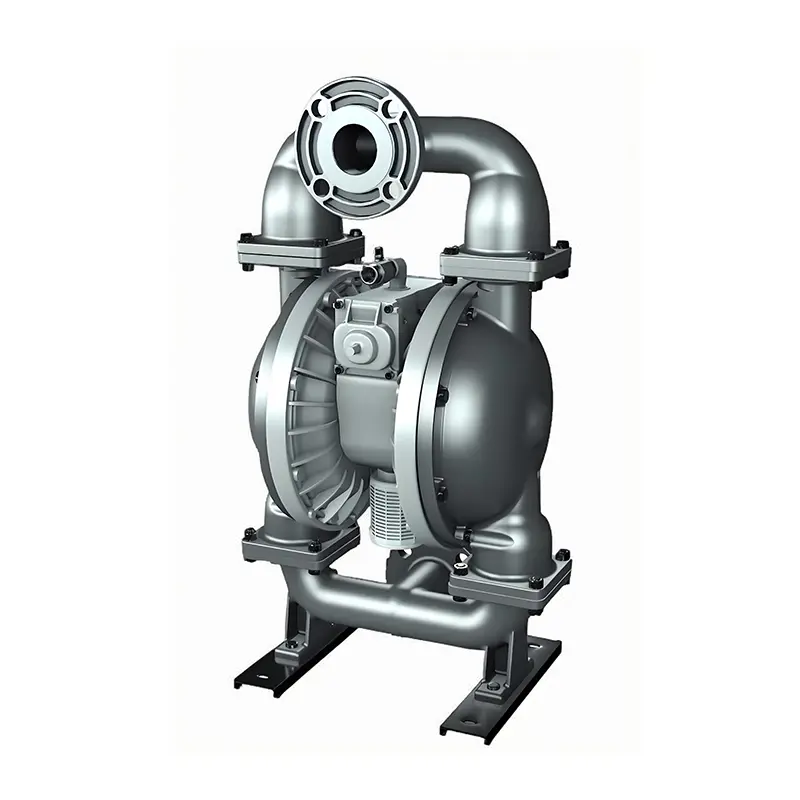
4. Electrical properties
In some electronic and electrical fields, the electrical properties of aluminum alloy castings are crucial, and surface treatment can optimize them:
Conductivity: For aluminum alloy castings that require good conductivity, such as electronic radiators, electrodes, etc., appropriate surface treatment methods can be used, such as chemical silver plating. Silver has excellent conductivity, and the coating formed after chemical silver plating can significantly improve the surface conductivity of aluminum alloys, reduce contact resistance, and ensure the stability and efficiency of current conduction.
Insulation: On the contrary, in some occasions where insulation properties are required, such as insulators, electrical housings, etc., an insulating oxide film can be formed on the surface of aluminum alloys through surface treatment technologies such as anodizing to improve its insulation properties, prevent current leakage, and ensure the safe operation of electrical equipment.
5. Aesthetics
Although the aesthetics of aluminum alloy castings may not be its most important performance, surface treatment can play an important role in some applications that require product appearance:
Electroplating: Electroplating can form various bright and bright metal colors on the surface of aluminum alloys, such as chrome plating can obtain a bright silver-white surface, nickel plating can present a silver-white or slightly yellow appearance, etc., so that the castings have good decorative properties and are often used in the shells or decorative parts of furniture, lamps, home appliances and other products.
Spraying: Spraying technology can achieve a colorful appearance by spraying various colors of paint on the surface of aluminum alloy castings. At the same time, the coating after spraying can also play a role in protecting the substrate, improving the weather resistance and UV resistance of the castings, and is suitable for outdoor products, architectural decoration and other fields.
Dyeing: During the surface treatment process such as anodizing, the aluminum alloy can also be dyed to present a variety of different colors and textures. Dyeing can not only meet the personalized needs of the product, but also further enhance the beauty and artistic sense of the casting and increase the added value of the product.
6. Other properties
Heat resistance: Certain surface treatment technologies, such as ceramic coating, can give aluminum alloy castings better heat resistance. In high temperature environments, these heat-resistant coatings can effectively protect the casting matrix from high temperature damage, maintain the stability of its structure and performance, and extend the service life of the casting. They are suitable for high temperature working environments such as engine parts and high temperature furnaces.
Electromagnetic shielding performance: Through special surface treatment processes, such as electroplating metal shielding layer, spraying electromagnetic shielding coating, etc., a covering layer with electromagnetic shielding function can be formed on the surface of aluminum alloy castings. This helps to reduce electromagnetic interference, improve the electromagnetic compatibility of electronic equipment, and ensure its normal operation. It is widely used in electronic communications, military industry and other fields.
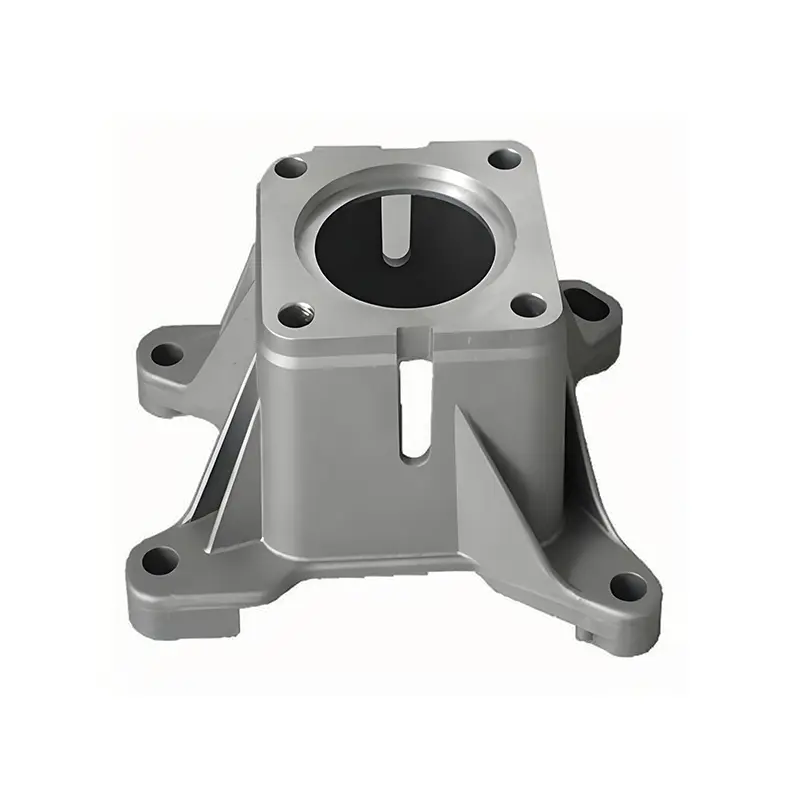
7. Summary
The performance of aluminum alloy castings is crucial to its application in various industries, and surface treatment technology, as an effective means, can improve its performance in many aspects. From corrosion resistance, wear resistance to mechanical properties, electrical properties, aesthetics and other special properties, different surface treatment methods can play a unique role. For enterprises engaged in the production and sales of aluminum alloy castings, in-depth understanding and rational use of these surface treatment technologies can not only improve the quality, performance and competitiveness of products, but also meet the needs of international wholesale buyers for high-quality aluminum alloy castings, expand broader market space and promote the sustainable development of enterprises.








